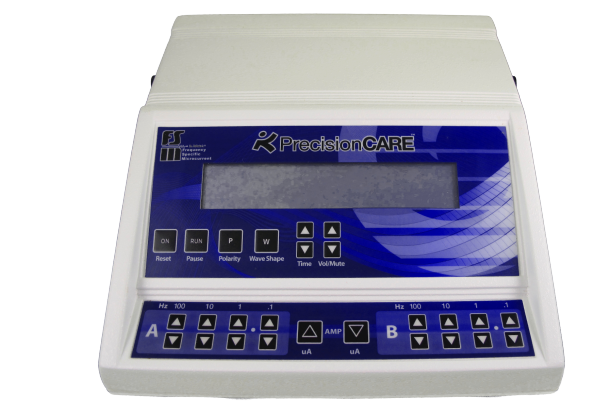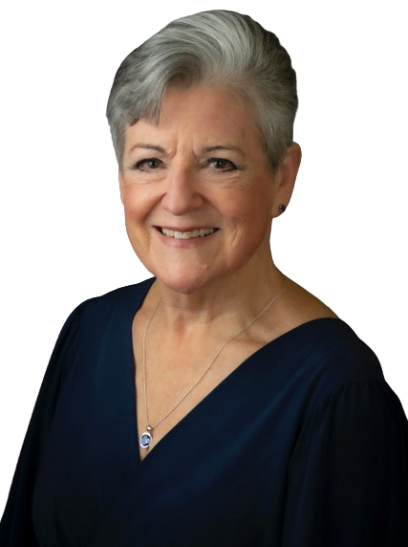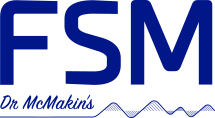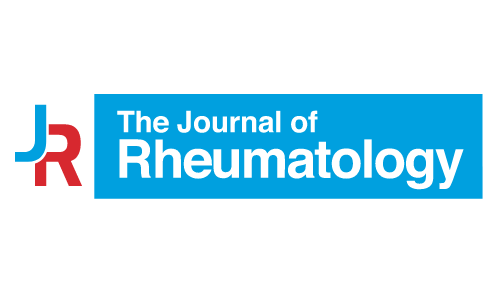FOR IMMEDIATE RELEASE
Groundbreaking Study Shows 40% Hand Function Improvement in Scleroderma Patients After Just 40 Minutes of Frequency Specific Microcurrent Treatment
Peer-reviewed research published in Rheumatology demonstrates dramatic results for patients with systemic sclerosis using non-invasive FSM therapy
PORTLAND, OR – June 10, 2025 – A landmark study published in the prestigious journal Rheumatology has demonstrated that Frequency Specific Microcurrent (FSM) therapy can produce significant improvements in hand function for scleroderma patients in as little as 40 minutes, offering new hope for the more than half of systemic sclerosis patients who are disabled by poor hand function.
The pilot studies, conducted by researchers from the University of Sheffield, University of Leeds, and the Fibromyalgia and Myofascial Pain Clinic of Portland, showed an average 40% improvement in hand function scores (p = .0001) using the validated Cochin Hand Function Scale. Most remarkably, these improvements occurred during a single treatment session lasting just 40-60 minutes.
“The degree of improvement in hand function after such a short treatment time was honestly a surprise,” said lead researcher Walter M. Gregory from the University of Sheffield. “We had patients who went from finding it ‘nearly impossible’ to pick up coins from a table to being able to do so ‘without difficulty’ after a single treatment.”
Revolutionary Results in Record Time
The study treated 17 scleroderma patients across two pilot trials using specific microcurrent frequencies targeting scarring in skin, connective tissue, and capillaries – the primary pathological features of scleroderma. The treatment protocol used frequencies originally documented on a 1922 medical device, combined with modern microcurrent technology delivering 100-200 microamperes.
Key findings include:
- 40% average improvement in overall hand function (95% CI 26%-55%, p = .0001)
- 38% improvement in the refined second study alone (95% CI 22%-55%, p = .002)
- Significant Raynaud’s symptom improvement of 18 points on a 100-point scale (p = .016)
- Sustained benefits lasting up to 3 months in follow-up patients
- No reported adverse effects from the non-invasive treatment
“One patient told us she loved to sew but hadn’t been able to for some time,” noted co-author Carolyn McMakin from the FSM Clinic in Troutdale Oregon. After the microcurrent treatment, she regained the sensitivity and strength in her fingers to sew again. Another patient, a musician, was able to play the double bass again because his fingers could finally feel and manipulate the strings effectively.”
Addressing an Unmet Medical Need
Systemic sclerosis affects approximately 300,000 Americans, with more than half experiencing significant hand function disability that impacts their ability to work and perform daily activities. Current treatment options are limited, making this research particularly significant for the rheumatology community.
“This new treatment approach shows great promise in a clinical manifestation that is not currently targeted by any intervention trial despite its social and healthcare burden,” the researchers noted in their publication. “It is easy to deliver, non-invasive and had no reported adverse effects.”
Scientific Rigor Meets Clinical Innovation
The study used the gold-standard Cochin Hand Function Scale, developed specifically for rheumatoid conditions, and employed rigorous statistical analysis including the Wilcoxon matched pairs signed rank sum test. The magnitude of improvement far exceeded the minimal clinically important difference (MCID) threshold of -3.38 points established for scleroderma patients.
FSM therapy uses subsensory electrical currents that have been shown to increase cellular ATP production and target specific tissue types through precise frequency combinations. The treatment applies these frequencies through wet contacts that conduct current through affected areas.
Future Research and Clinical Applications
The researchers emphasize that while these pilot results are encouraging, larger randomized controlled trials are needed to confirm the findings. Future studies will include objective measures such as grip strength testing, capillaroscopy, and thermography for Raynaud’s symptoms.
Dr. Francesco Del Galdo from the University of Leeds Faculty of Medicine and Health noted, “The dramatic results of these pilot studies suggest that further study of FSM is important to determine whether its short-term or long-term use could maintain or surpass the improvements seen in these studies.”
 About Frequency Specific Microcurrent
About Frequency Specific Microcurrent
Frequency Specific Microcurrent (FSM) is a form of electrotherapy that uses low-level electrical currents and specific frequencies to target different tissue types and conditions. The therapy has been used clinically since 1995 and has published research showing efficacy in reducing nerve adhesions, treating macular degeneration, and improving pediatric torticollis.
About the Research Team
The study was conducted by researchers from the University of Sheffield Division of Clinical Medicine, University of Leeds Faculty of Medicine and Health, Leeds Institute of Rheumatic and Musculoskeletal Medicine, Chapel Allerton Osteopath, and the Fibromyalgia and Myofascial Pain Clinic of Portland. All patients were members of a local scleroderma support group and provided informed consent for the treatment.
Media Contact: Frequency Specific Seminars Phone: 360-695-7500 Email: contact @ frequencyspecific.com
Research Contact: Walter Martin Gregory University of Sheffield Email: walterg1728 @ hotmail.com
Study Citation: Gregory WM, Bagley K, Eng S, McMakin C, Del Galdo F. Frequency specific microcurrent improves hand function and Raynaud’s symptoms in scleroderma: results of two pilot studies. Rheumatology. 2025. doi:10.1093/rheumatology/keaf301

